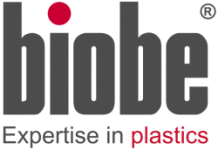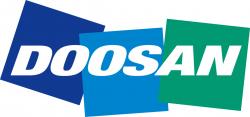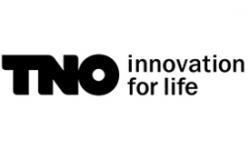WP1 - Predicting Degradation
The main objective of WP1 is to develop methodologies and models to predict solvent degradation behaviour. This will enable an estimation of the extent of solvent degradation as well as give an input to the design and development of countermeasures tailored to specific solvent/flue gas combinations.
Results will also provide a tool for screening potential solvents. This publicly available resource will be of great value for solvent developers when designing new formulations.
This fundamental work will be based on a multi-layer modelling approach, from data mining to complex chemistry connections.
WP1 is divided into 3 key tasks:
Task 1.1 Solvent degradation database
Task 1.2 Predicting degradation based on process data: Big Data modelling
Task 1.3 Optimised design of CO2 capture plants: Process modelling
Coordinator profile













